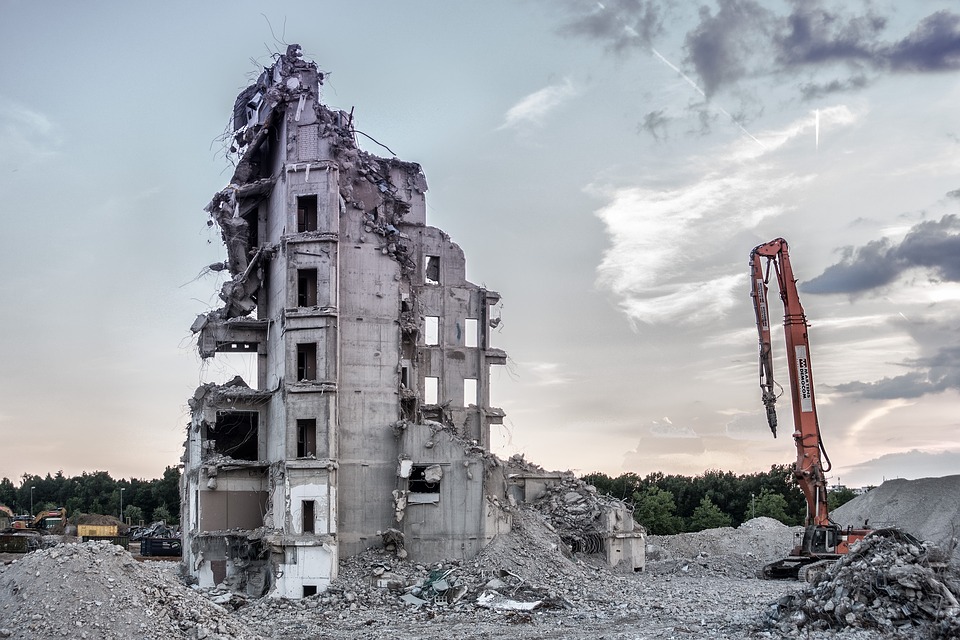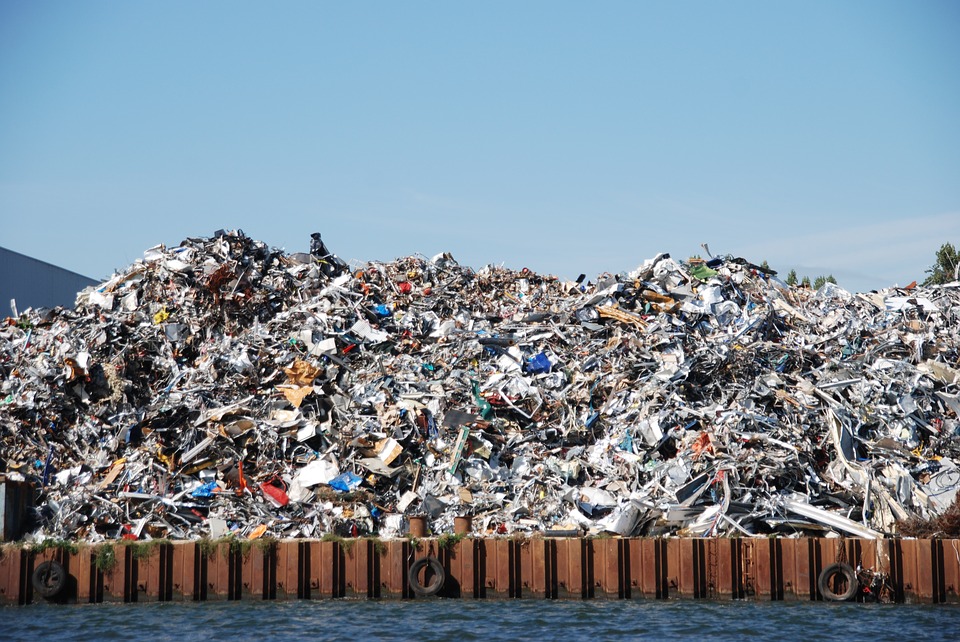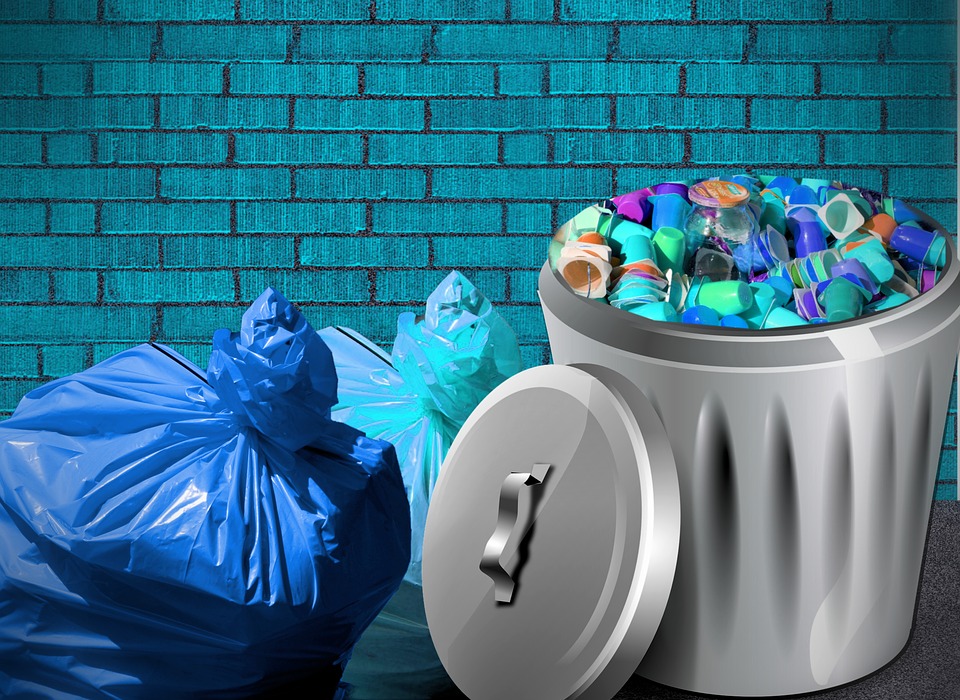A new Edmonton wastewater processing facility is literally creating fertilizer from wastewater. The technology used is more than a decade old however is now just being applied in the city. Now, this facility will be able to take phosphorus and other nutrients, creating more than three tonnes of fertilizer set to be diverted towards farm use across Canada. As a sustainable way to maximize what we get from waste products, this might be something Toronto wishes to look into.
 |
| In Edmonton, they’re turning Wastewater to Fertilizer; can we Do that in Toronto – we think so |
Recognized as the ‘Edmonton Waste Management Centre’, it’s one of the largest in the world and the first of its kind. Costing more than $18 million, it’s being managed by Epcor and Ostara Nutrient Recovery Technologies. As the technology has now been proven and a Canadian facility is in operation, Edmonton’s a great location for the first. The City has strong ties to the west coast’s farming community. Though Toronto does not have that same connection, there are sites all across the outskirts of the city that could be pushed forward for re-development into a waste management facility like this.
In the past, technology like this has been criticized as being ‘too good to be true’. Thankfully, Edmonton made the investments necessary to prove it right on a big scale. This kind of environmental leadership is sometimes associated with much larger cities than Edmonton. Needless to say, this has put them on the map in terms of finding creative ways to maximize our waste and increase our recycling numbers. Now, back to Toronto, there’s a lot of positive development that has been happening, supporting a more eco-friendly future. The fact remains however that there has not been any such recycling facility like this anywhere close.
Can Toronto be doing more to support a more recycle-friendly future – absolutely. We’re aware though that it requires a lot of time, money, effort, and partners to be able to put together initiatives like the Edmonton facility we’re discussing. Nevertheless, this is an area that we may wish to investigation as a possible means of improving our future. For all the positives at play, we still end up with a tremendous amount of garbage in our water supply, a waste diversion rate that is not as good as it could be, recycling cross-contamination issues that need to be handled, and more.
More than 1,000 tonnes of fertilizer is set to be produced annually via Edmonton’s new facility. There’s no telling what could be accomplished if similar facilities were opened in cities across Canada. The pearls of fertilizer that are then provided to farmers to use in their fields supports a great eco-friendly cycle that one might not have otherwise thought possible. Using Edmonton’s sewage water, this facility lays the groundwork for a bright, eco-friendly future.
The removal of phosphorous from waste water is important. For Edmonton, it’ll cut down on maintenance costs and prevent any from going into their rivers. If Toronto could develop a similar facility, that would be a tremendous help to wastewater processing here in the GTA.
At Core Mini Bins, waste processing is important to us. If you are seeking better waste management services, recycling, junk removal, dumpster or bin rental, or more, contact a representative at Core Mini Bins today. We would love to help get you set up with the high quality waste management solution you deserve!











